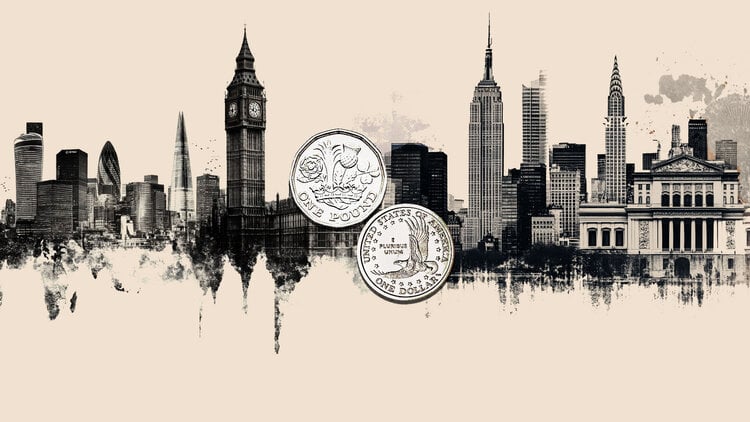- GBP/USD continues to float near 40-month highs around the 1.3600 region.
- Cable traders are holding steady on the high end ahead of rate calls from the Fed and the BoE.
- Both central banks are expected to stand pat on interest rates.
GBP/USD continues to churn chart paper on the high end of 40-month peaks, cycling the 1.3600 region as Cable traders enjoy a continued boost. Greenback flows continue to wither across the board on geopolitical headlines, keeping the Pound Sterling buoyed as dual central bank rate calls loom ahead.
The Israel-Iran conflict continues to spill over, with both sides launching missile strikes at various targets and the Trump administration weighing the concept of getting involved directly in the altercation. Broad-market investor sentiment is banking on the two sides reaching some sort of peace arrangement before the altercation boils over into the surrounding region.
The Federal Reserve (Fed) and the Bank of England (BoE) are both set to release their latest interest rate decisions; both central banks are expected to stand pat on interest rates, but the reactions from their government officials are expected to be wildly different.
US President Donald Trump has gotten increasingly vocal about his wishlist to have the Fed start dropping interest rates, even as Fed policymakers hold in their “wait and see” stance as officials brace for economic fallout from Trump’s whipsaw tariff “strategy”. The BoE is likewise expected to hold rates steady at 4.25%, but no meaningful shifts in policy stances, or complaints about them, are expected. The Fed reveals its latest rate call on Wednesday, with the BoE slated for early Thursday.
GBP/USD price forecast
Despite cracking the ceiling and pushing into fresh multi-year peaks, GBP/USD is still too close to recent congestion for bulls to declare outright victory just yet. Cable could be poised for a fresh technical pullback, which would put price action on pace to fall back into a still-rising trendline from January’s lows near 1.2100.
Pound Sterling FAQs
The Pound Sterling (GBP) is the oldest currency in the world (886 AD) and the official currency of the United Kingdom. It is the fourth most traded unit for foreign exchange (FX) in the world, accounting for 12% of all transactions, averaging $630 billion a day, according to 2022 data.
Its key trading pairs are GBP/USD, also known as ‘Cable’, which accounts for 11% of FX, GBP/JPY, or the ‘Dragon’ as it is known by traders (3%), and EUR/GBP (2%). The Pound Sterling is issued by the Bank of England (BoE).
The single most important factor influencing the value of the Pound Sterling is monetary policy decided by the Bank of England. The BoE bases its decisions on whether it has achieved its primary goal of “price stability” – a steady inflation rate of around 2%. Its primary tool for achieving this is the adjustment of interest rates.
When inflation is too high, the BoE will try to rein it in by raising interest rates, making it more expensive for people and businesses to access credit. This is generally positive for GBP, as higher interest rates make the UK a more attractive place for global investors to park their money.
When inflation falls too low it is a sign economic growth is slowing. In this scenario, the BoE will consider lowering interest rates to cheapen credit so businesses will borrow more to invest in growth-generating projects.
Data releases gauge the health of the economy and can impact the value of the Pound Sterling. Indicators such as GDP, Manufacturing and Services PMIs, and employment can all influence the direction of the GBP.
A strong economy is good for Sterling. Not only does it attract more foreign investment but it may encourage the BoE to put up interest rates, which will directly strengthen GBP. Otherwise, if economic data is weak, the Pound Sterling is likely to fall.
Another significant data release for the Pound Sterling is the Trade Balance. This indicator measures the difference between what a country earns from its exports and what it spends on imports over a given period.
If a country produces highly sought-after exports, its currency will benefit purely from the extra demand created from foreign buyers seeking to purchase these goods. Therefore, a positive net Trade Balance strengthens a currency and vice versa for a negative balance.

